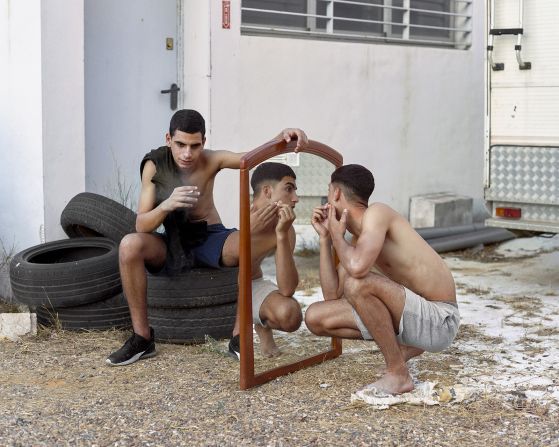Felipe Romero Beltrán’s Documentary on Migrant Lives in Spain
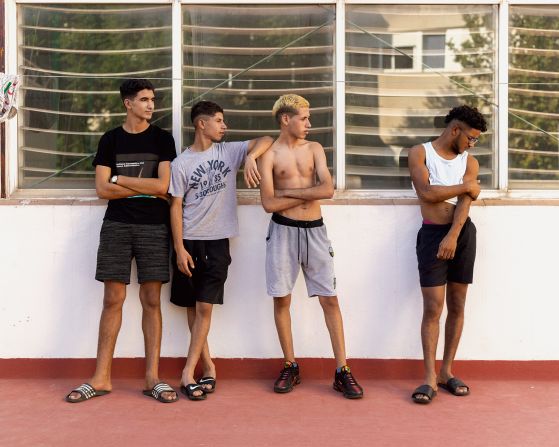
Felipe Romero Beltrán’s work provides a profound look into the lives of nine Moroccan men who were undocumented and seeking a new life within Spain’s immigration system. His project, characterized by both documentary and performance aspects, brings to light the often-overlooked narratives of migrants.
Exploring the Migrant Experience
Beltrán’s photography captures various moments that resonate deeply with the reality faced by these individuals, from experiencing monotony to enduring hardship while waiting for residency. Consequently, many of the images reflect the boredom and uncertainty inherent in their circumstances.
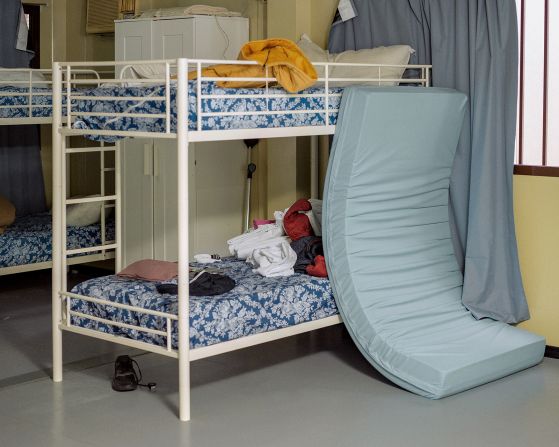
Staged Re-enactments and Personal Journeys
The concept behind Beltrán’s project involves staged reenactments of significant moments from the men’s journeys to Spain. Therefore, the viewer becomes part of their storytelling, understanding the trials and moments of human connection that illustrate their lives.
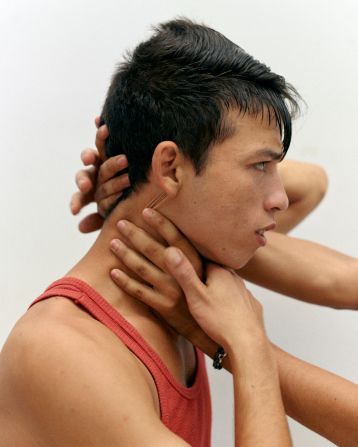
Everyday Life and Resilience
Beltrán captures not only the struggles but also the everyday moments of the migrants’ lives—working out, socializing, and experiencing camaraderie. These aspects illustrate their resilience and adaptability in a foreign land.

Living Conditions and Cultural Integration
Moreover, the photographs document the conditions of the government-run facility where the men lived, highlighting the peeling walls and meager food supplies. Nevertheless, the men received Spanish lessons and workshops aimed at helping them acclimate to life in Spain. Some of these initiatives were directly facilitated by Beltrán.
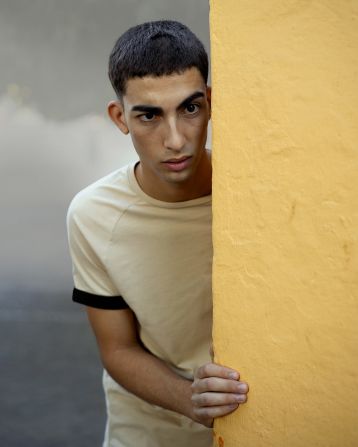
The Bonds of Friendship
Interestingly, despite not knowing one another prior to their arrival in Spain, the men developed close friendships through shared experiences and daily interactions, becoming a vital support system for one another.
